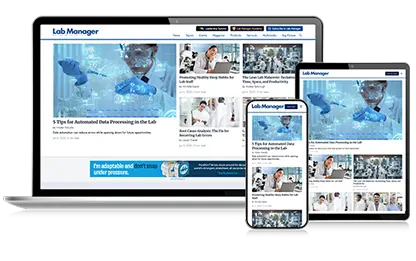In today’s interconnected business world, excessive competition within an organization can create unnecessary tension, reduce productivity, and damage team morale. While competition can drive innovation and motivate employees, when taken too far, it can create barriers to success.
In his Harvard Business Review article, “Learning Not to Compete,” author Ron Ashkenas argues that competition is no longer the sole pathway to success. Given the increasing global interdependence of businesses, organizations thrive when different teams and departments collaborate rather than compete.
So how can managers reduce unhealthy competition while still maintaining motivation? Ashkenas identifies two key strategies: job rotation and facilitated discussions. These techniques help break down competitive barriers, encourage teamwork, and create a more harmonious and productive workplace.
1. Trade Places with Your Competition: The Power of Job Rotation
One of the most effective ways to reduce rivalry in the workplace is to help employees experience their colleagues' challenges firsthand. Ashkenas suggests job rotation, project collaboration, or job shadowing as ways to shift an employee’s perspective.
🔹 Why It Works:
When employees step into another team’s role, they gain a better understanding of the challenges, responsibilities, and constraints their colleagues face. This humanizes the competition, helping individuals develop empathy and reduce the urge to “win” against their coworkers.
🔹 Example in a Laboratory Setting:
Consider a quality control team constantly competing with the research and development (R&D) team over timelines and process approvals. If a QC technician shadows an R&D scientist, they may realize that unexpected experimental setbacks often cause delays, rather than inefficiency. Likewise, an R&D team member spending time in QC testing might understand how stringent compliance and validation requirements impact turnaround times.
🔹 Implementation Strategy:
✔ Set up short-term job rotations or cross-functional project teams.
✔ Allow employees to job shadow for a few days to gain a new perspective.
✔ Rotate team members between departments that often experience friction.
By trading places with their internal competitors, employees begin to appreciate each other’s roles, leading to improved collaboration and reduced internal conflicts.
2. Facilitate Discussion Between Competitors
When workplace competition becomes toxic, open communication is one of the most effective ways to resolve conflicts. Ashkenas suggests that managers create opportunities for employees to discuss their challenges, priorities, and concerns in a structured environment.
🔹 Why It Works:
When employees voice their frustrations and listen to their colleagues' perspectives, they often realize that many conflicts stem from misunderstandings rather than true competition. Facilitated discussions provide a neutral space for teams to develop mutual solutions instead of competing for dominance.
🔹 Example in a Laboratory Setting:
A lab may have tension between the operations team (focused on efficiency and cost-cutting) and the scientists (focused on research quality and precision). If managers set up a roundtable discussion, both groups can outline their priorities and constraints. The result? A more balanced approach that aligns operational efficiency with scientific integrity.
🔹 Implementation Strategy:
✔ Schedule regular team meetings focused on collaboration rather than competition.
✔ Use team-building exercises to strengthen relationships between competing departments.
✔ Have managers facilitate open discussions to uncover shared goals and challenges.
By opening lines of communication, organizations replace conflict with cooperation, leading to stronger teams and better overall performance.
Balancing Competition and Collaboration for Workplace Success
While competition can drive performance, unchecked rivalry creates silos, discourages teamwork, and reduces efficiency. The best workplaces balance motivation and collaboration, ensuring that employees support each other’s success rather than viewing colleagues as obstacles.
Key Takeaways:
✔ Job rotation and shadowing help employees understand their colleagues' roles, reducing friction.
✔ Facilitated discussions encourage open dialogue, resolving conflicts before they escalate.
✔ A collaborative mindset leads to innovation, improved efficiency, and a positive workplace culture.
By shifting the focus from competition to cooperation, organizations create a more supportive, innovative, and productive work environment—where success is shared rather than fought over.
Would your team benefit from reduced internal competition or conflict management training? Implementing these strategies can help transform workplace rivalry into collaborative success.
This content includes text that has been generated with the assistance of AI. Lab Manager’s AI policy can be found here.
In today’s interconnected business world, excessive competition within an organization can create unnecessary tension, reduce productivity, and damage team morale. While competition can drive innovation and motivate employees, when taken too far, it can create barriers to success.
In his Harvard Business Review article, “Learning Not to Compete,” author Ron Ashkenas argues that competition is no longer the sole pathway to success. Given the increasing global interdependence of businesses, organizations thrive when different teams and departments collaborate rather than compete.
So how can managers reduce unhealthy competition while still maintaining motivation? Ashkenas identifies two key strategies: job rotation and facilitated discussions. These techniques help break down competitive barriers, encourage teamwork, and create a more harmonious and productive workplace.
1. Trade Places with Your Competition: The Power of Job Rotation
To continue reading this article, sign up for FREE to

Membership is FREE and provides you with instant access to eNewsletters, digital publications, article archives, and more.












